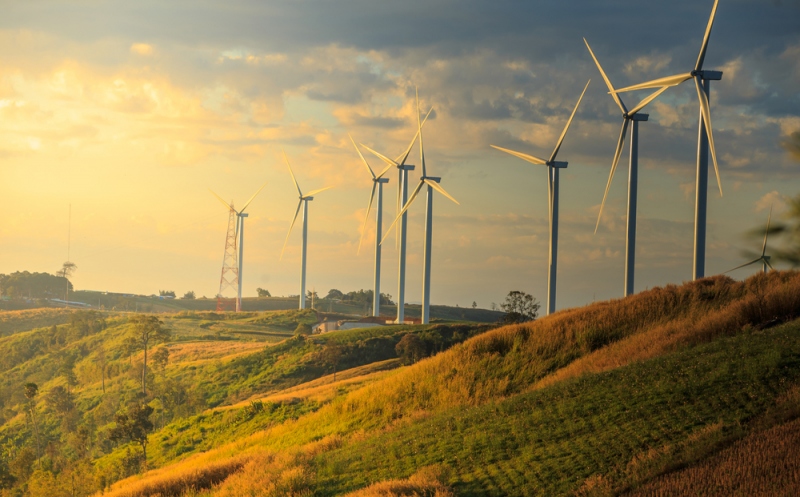The wind industry is one of the fastest-growing energy sources in the world – and for good reason. It does not contaminate, it is inexhaustible and it reduces the use of fossil fuels – which, we all know by now, are the origin of greenhouse gases that cause global warming.
Wind power is the energy obtained from the wind. It is one of the oldest energy sources by humans and today it’s the most seasoned and efficient energy of all renewable energies.

Wind power currently supplies around 5% of global energy consumption. This is likely to increase drastically over the next couple of decades. According to a report from Bloomberg New Energy Finance (BNEF), it is predicted that by 2040, a third of the world’s electricity will come from wind and solar power.
So, what exactly are the advantages of Wind Power?
Renewable energy is sustainable
Many experts believe that wind energy can help meet the need for energy, without harming future generations. The fuel is free and the source itself is both clean and renewable. The same goes for solar energy and hydropower.
The green benefits and sustainability of renewable energies is the reason why we see a greater dedication towards meeting the world’s need for energy with wind, solar and hydropower. In fact, some energy suppliers are starting to buy Guarantees of Origin for all energy the company sells.
Guarantee of Origin is an instrument defined by the European legislation, that document and report that the energy you consume comes from renewable energy sources. This allows for more money to flow towards producers of renewable energy. One of these energy companies is Agva Kraft, who offers 100% renewable energy for their customers.
Cost efficient energy
Land-based utility-scale wind is one of the lowest-priced energy sources available today, costing between two and six cents per kWh. This off course, depends on the wind resource and the particular project’s financing. The electricity from wind farms is sold at a fixed price over a long period of time, often more than 20 years, and free fuel. This reduces the price uncertainty that comes with traditional sources of energy.
According to an EU-analysis, onshore wind is cheaper than coal, gas or nuclear energy when the costs of “external” factors like air quality, human toxicity and climate change are taken into account. The idea that renewable energy is too expensive is no longer the case. In fact, renewable energy sources such as solar and wind power are now either the same price or cheaper than new fossil fuel capacity in more than 30 countries.
Wind power creates new jobs
More than 1 million people worldwide work in the wind industry. The jobs rangs from design, analysis, manufacturing, technicians and engineering. Just in the U.S., the wind sector employed more than 100,000 workers and wind turbine technician is one of the fastest-growing American jobs of the decade. In general, the renewable energy sector has seen a rapid growth over recent years. The solar and wind industries are each creating jobs at a rate 12 times faster than the rest of the U.S. economy.
Can solar and wind power dominate the future of electricity?
As we can see, there are several benefits related to renewable energies. Not only will they help reduce global warming emissions, but solar and wind sources are likely to become increasingly cheaper as the development of renewable energy sources continues. The only problem with solar and wind energy is the fact that they are naturally dependant on the sun and wind.
So what happens when it’s a rainy day or the wind doesn’t blow?
A promising solution is the development of battery systems, such as water reservoirs that act like natural batteries. When the solar and wind resources no longer are available, countries with hydropower, such as Norway, Sweden and Switzerland, open their valves and let the water from the reservoirs flow. This allows us to have access to renewable energy sources at all times.
Norway is Europe’s largest producer of hydropower and the 6th largest. Over 99% of the electricity production in mainland Norway is from hydropower plants. Thanks to the dedication among local government and energy suppliers, Norway is able to provide affordable and competitive prices on renewable energy. In fact, suppliers of renewable energy such as Agva Kraft are able to provide energy to the same prices as coal – and sometimes even cheaper.
The development of great water reservoirs are the reason Norway is described as the new “green battery” of Europe. These, in addition to wind and solar power might be the solution to need for sustainable energy in the years to come.